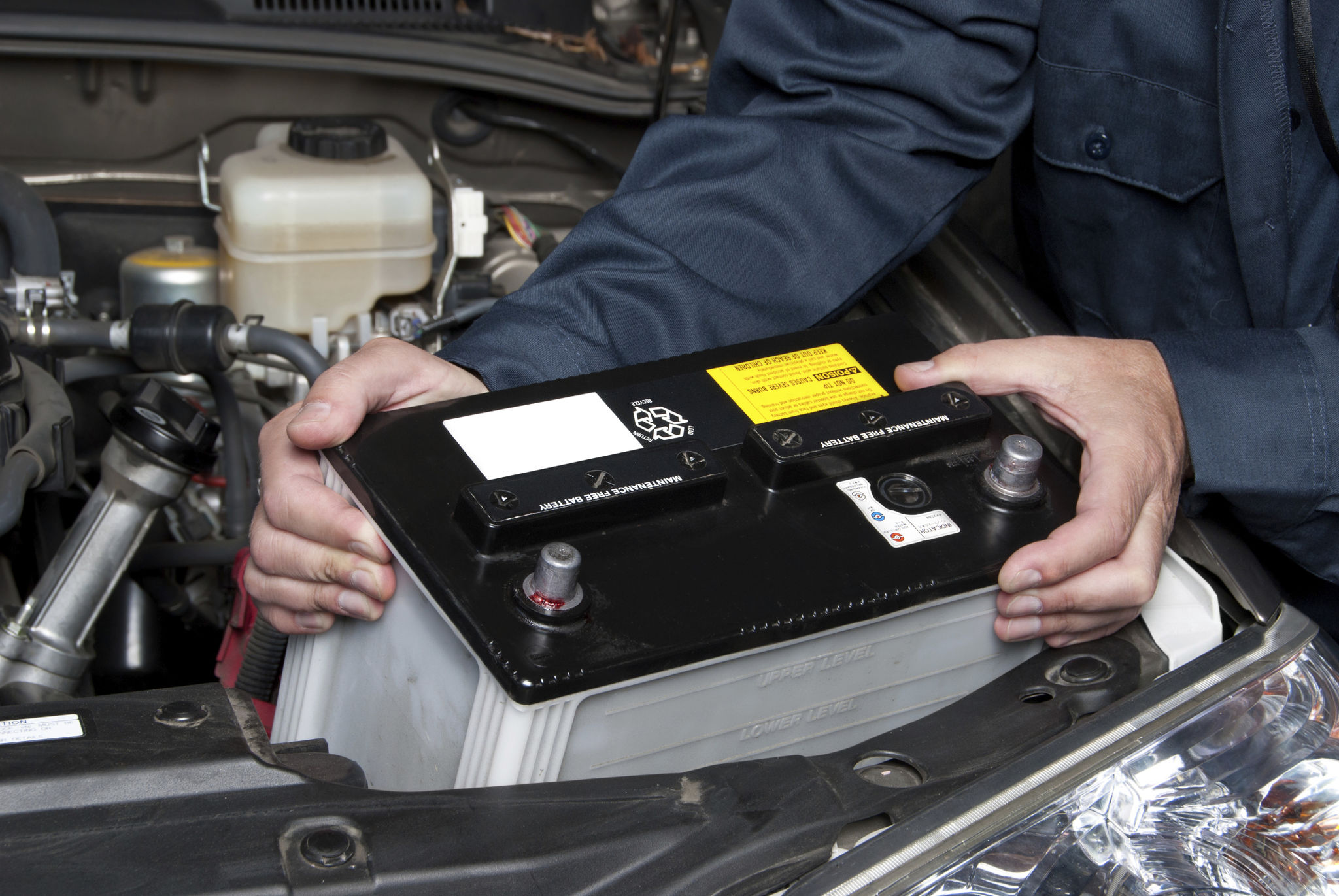DIY Car Maintenance: How to Handle Basic Repairs and Save Money
Understanding the Basics of DIY Car Maintenance
Owning a car comes with the responsibility of ensuring it is in good working condition. While many rely on mechanics for repairs, learning some DIY car maintenance skills can save you money and give you a better understanding of your vehicle. Basic car repairs are not as daunting as they might seem, and in this guide, we'll explore some simple tasks you can handle on your own.

Essential Tools for Home Car Repairs
Before diving into car maintenance, it's important to have the right tools. A basic toolkit for car repairs should include:
- Socket set
- Wrenches
- Screwdrivers
- Pliers
- Jack and jack stands
- Tire pressure gauge
Having these tools on hand will make your DIY projects smoother and more efficient.
How to Change Your Car's Oil
One of the most straightforward tasks is changing your car's oil. Regular oil changes are crucial for keeping your engine running smoothly. Follow these steps:
- Warm up the engine slightly to thin the oil.
- Use a jack to lift the car and secure it with jack stands.
- Place an oil pan underneath the engine and remove the oil plug to drain old oil.
- Replace the oil filter.
- Add new oil, checking the dipstick for the correct level.
This process usually takes about 30 minutes and can save you a decent amount in labor costs.

Replacing Air Filters
A clogged air filter can reduce engine efficiency and increase fuel consumption. Replacing it is simple and should be done every 12,000 to 15,000 miles. Locate the air filter box under the hood, open it, and swap out the old filter for a new one. This quick fix can improve your car’s performance significantly.
Dealing with Battery Issues
Your car's battery is vital for starting your vehicle. If you notice dim lights or slow engine crank, it might be time to clean or replace your battery. Begin by disconnecting the negative cable first, then the positive. Clean any corrosion with a mixture of baking soda and water using a brush.

If cleaning doesn’t solve the problem, it might be time to replace the battery. Ensure you purchase the correct battery type for your vehicle model.
Tire Maintenance Tips
Proper tire maintenance ensures safety and extends tire life. Regularly check the tire pressure using a gauge and inflate them to the manufacturer’s recommended level. Also, inspect for any signs of wear or punctures. Rotating your tires every 5,000 to 8,000 miles can help them wear evenly.
The Benefits of DIY Car Maintenance
Mastering basic car maintenance can lead to significant savings over time. Not only do you avoid labor costs, but you also gain confidence in handling minor issues without professional help. Additionally, understanding your car better enables you to detect potential problems early, avoiding costly repairs down the road.
Embrace the learning process and enjoy the satisfaction that comes from keeping your car in top condition. With practice and patience, you’ll find that DIY car maintenance is not only a cost-effective solution but also a rewarding hobby.